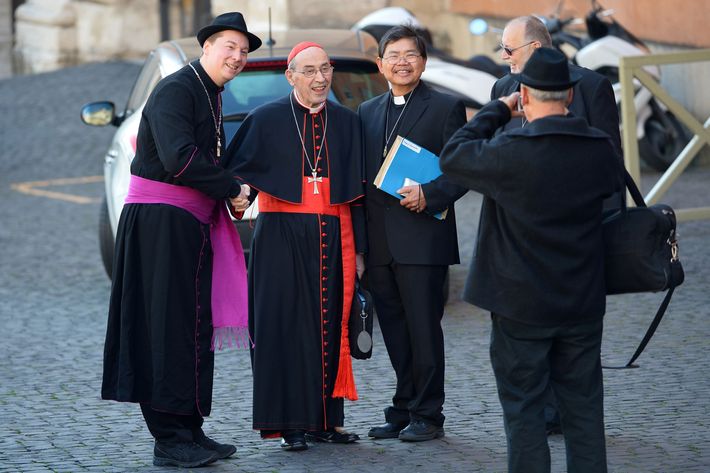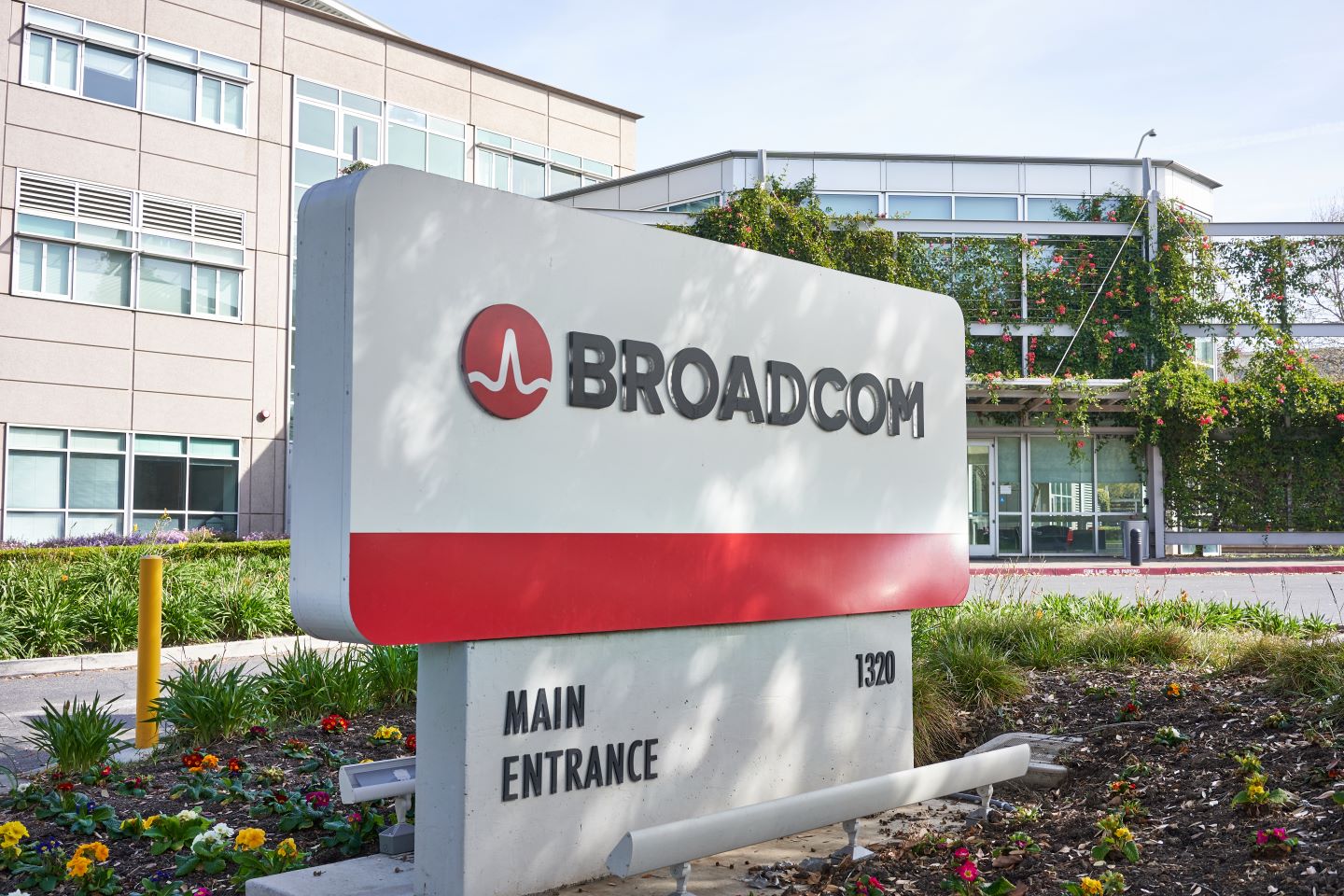Conclave Explained: A Step-by-Step Guide To Papal Election

Table of Contents
Understanding the Pre-Conclave Process
The Death or Resignation of a Pope
The Conclave is initiated by the official announcement of a vacancy in the Papacy, following the death or resignation of a Pope. This announcement is a solemn occasion, signifying a pivotal moment in the Church's history.
- Following the Pope's death: The body lies in state in St. Peter's Basilica, allowing for public mourning and prayer.
- Formal procedures: The Cardinal Camerlengo (Chamberlain), acting as head of the Church administration, officially announces the Pope's death and takes charge until a new Pope is elected. He seals the papal apartments and initiates the processes leading to the Conclave.
- Resignation: If a Pope resigns, the process is slightly different but still leads to the same eventual Conclave. The resignation must be formally submitted and accepted.
The Gathering of Cardinals
Eligible Cardinals are summoned to Rome to participate in the Conclave. The criteria for eligibility include being under the age of 80 and appointed Cardinal before the vacancy occurred.
- Eligibility: Only Cardinals under 80 at the time of the vacancy are eligible to vote.
- College of Cardinals: The College of Cardinals is a group of high-ranking clergy appointed by the Pope; their collective role is crucial in the election process. Their composition is significant as it influences the candidates and the Conclave’s dynamics.
- Summoning: Cardinals from around the world are summoned to Rome, often arriving weeks before the Conclave begins.
Preparations for the Conclave
Extensive logistical arrangements are made to ensure the smooth and secure conduct of the Conclave. This involves securing the Sistine Chapel, where the voting takes place, and providing accommodation for the Cardinals.
- Securing the Sistine Chapel: The Chapel is meticulously cleaned, secured, and electronically shielded to maintain utmost secrecy.
- Accommodation and Security: The Cardinals are housed in a designated location, typically within the Vatican City, with strict security measures in place.
- Election Rules: Before the voting begins, clear rules and procedures are established regarding the voting process, vote counting (scrutiny), and handling potential deadlocks.
The Conclave Process: Step-by-Step
The Opening Ceremony
The Conclave begins with a formal opening ceremony, marked by prayers and the taking of a solemn oath of secrecy. This oath binds the Cardinals to confidentiality throughout the entire election process.
- Oath of Secrecy: This critical oath ensures the integrity and privacy of the election. Violation of this oath is considered a serious offense.
- Rituals: The opening ceremony involves specific rituals, prayers, and blessings, emphasizing the sacred nature of the proceedings.
The Voting Process
The voting process is designed to ensure secrecy and impartiality. Each Cardinal writes the name of their chosen candidate on a ballot paper.
- Secret Ballot: The ballots are collected, counted (scrutiny), and the results are announced.
- Fumata: Following each round of voting, colored smoke is released from the Sistine Chapel chimney: black smoke indicates no Pope has been elected, while white smoke signals the election of a new Pope.
- Required Majority: A two-thirds majority is required to elect a Pope. If no candidate achieves this majority, further rounds of voting take place.
- Scrutiny: The process of counting the votes, carried out by appointed Cardinals.
Dealing with Deadlocks
If, after multiple rounds of voting, no candidate receives the required two-thirds majority, procedures are in place to address the deadlock.
- Cardinal-Elect: If a candidate consistently receives a substantial portion of the votes, even if not reaching the two-thirds threshold, they may be considered a "cardinal-elect." This often influences the subsequent rounds of voting.
The Election and Proclamation of the New Pope
Announcing the New Pope (Habemus Papam!)
Once a Pope is elected, the announcement is made publicly from the balcony of St. Peter's Basilica.
- Habemus Papam!: The announcement, "Habemus Papam!" ("We have a Pope!"), is a momentous occasion, signifying the conclusion of the Conclave and the beginning of a new papacy.
- Cardinal Protodeacon: The Cardinal Protodeacon, the highest-ranking Cardinal-deacon, announces the new Pope's name.
The Inauguration and First Papal Mass
Following the election, several significant events take place, culminating in the papal inauguration and the first papal mass.
- Papal Name: The newly elected Pope chooses a papal name, often reflecting his intentions or honoring a significant figure in Church history.
- Inauguration Mass: The inauguration mass is a grand celebration, marking the official beginning of the new Pope's pontificate.
Conclusion
The Conclave, a process steeped in tradition and secrecy, is a crucial step in selecting the next leader of the Catholic Church. Understanding its stages – from the pre-Conclave preparations, the meticulous voting process, to the jubilant announcement of "Habemus Papam!" – highlights the weight and significance of this unique event. Each step, from the death or resignation of a Pope to the inauguration mass, plays a critical role in ensuring a smooth transition of leadership. Understanding the intricacies of the Conclave is key to grasping the significance of the Catholic Church's leadership selection. Learn more about the history and evolution of papal elections by [link to further resources].

Featured Posts
-
 V Mware Costs To Skyrocket 1050 At And Ts Concerns Over Broadcom Deal
May 07, 2025
V Mware Costs To Skyrocket 1050 At And Ts Concerns Over Broadcom Deal
May 07, 2025 -
 An Interview Anthony Edwards Discusses Obamas Presidency
May 07, 2025
An Interview Anthony Edwards Discusses Obamas Presidency
May 07, 2025 -
 Find The Warriors Vs Hornets Game Time Tv Channel And Streaming Info For March 3rd
May 07, 2025
Find The Warriors Vs Hornets Game Time Tv Channel And Streaming Info For March 3rd
May 07, 2025 -
 Analysis Ripple Xrp And Its Potential To Reach 3 40
May 07, 2025
Analysis Ripple Xrp And Its Potential To Reach 3 40
May 07, 2025 -
 Should John Wick 5 Be Made Examining The Need For A Continuation
May 07, 2025
Should John Wick 5 Be Made Examining The Need For A Continuation
May 07, 2025
Latest Posts
-
 Is Rogue An Avenger Or An X Men Debunking The Marvel Debate
May 08, 2025
Is Rogue An Avenger Or An X Men Debunking The Marvel Debate
May 08, 2025 -
 Rogue The Savage Land 2 Preview Ka Zars Perilous Need
May 08, 2025
Rogue The Savage Land 2 Preview Ka Zars Perilous Need
May 08, 2025 -
 X Men Rogues Unexpected Power Mimicry
May 08, 2025
X Men Rogues Unexpected Power Mimicry
May 08, 2025 -
 Analyzing The Overvalued Canadian Dollar Economic Perspectives And Recommendations
May 08, 2025
Analyzing The Overvalued Canadian Dollar Economic Perspectives And Recommendations
May 08, 2025 -
 The Untold Story A Rogue One Heros Journey In The New Star Wars Show
May 08, 2025
The Untold Story A Rogue One Heros Journey In The New Star Wars Show
May 08, 2025
